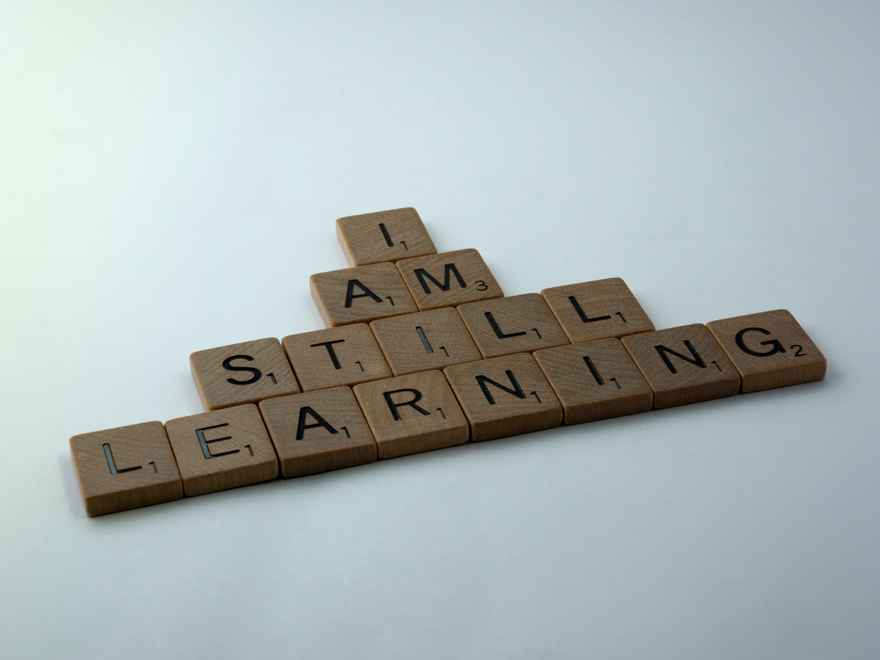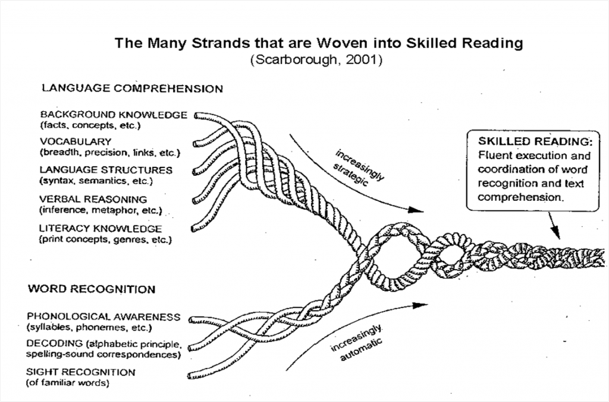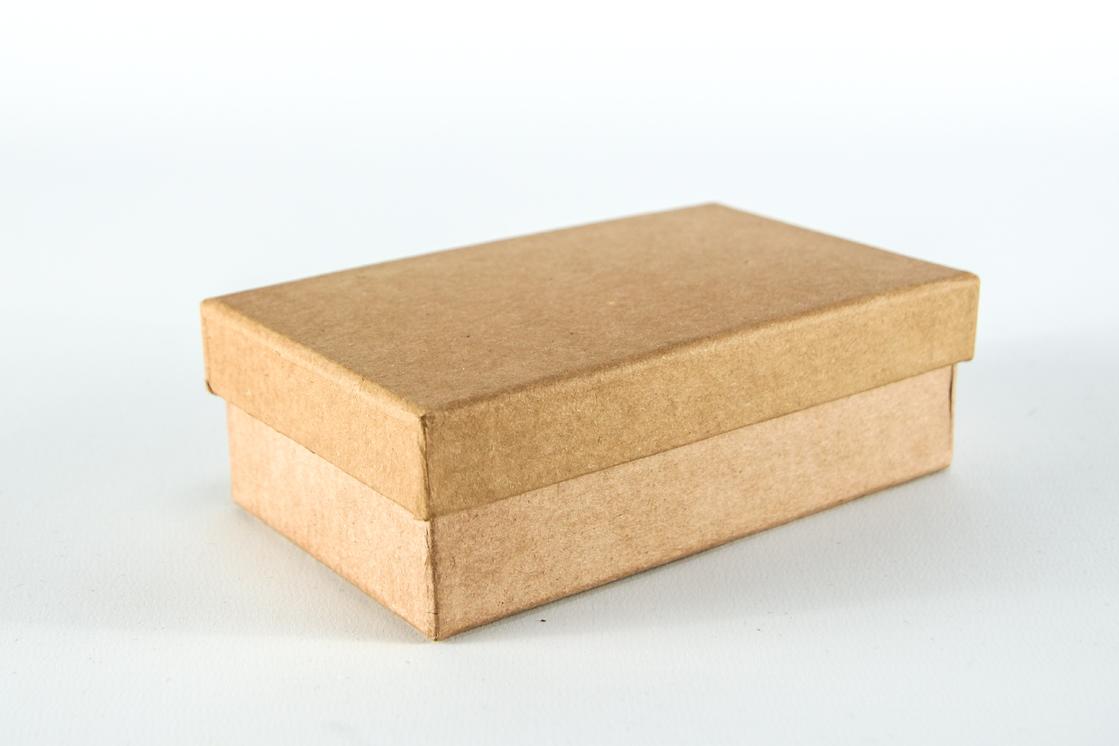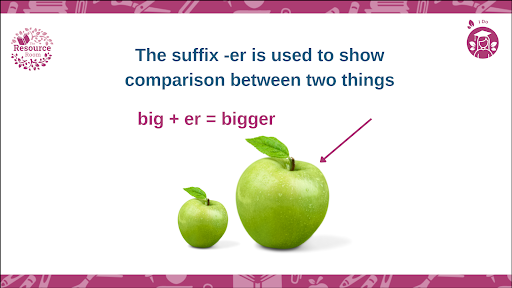Consolidating Word Level knowledge in Year 3 and 4

In an ideal world, students will arrive in your Year 3 or 4 classrooms having strong phonics and word level knowledge. They’ll be reading and spelling a range of words with the full alphabetic code, have knowledge of the alternate spellings of phonemes and know how multimorphemic words are constructed. However, we rarely teach in an ideal world, and it is common to have many of your middle primary students still requiring consolidation of some (or all) of these concepts. This is a common occurrence in many schools that have recently started down the path of structured literacy. Their early years are cooking with gas, but their middle and upper primary students haven’t had the benefit of a strong, structured approach to word level knowledge.
One of the challenges around this is that, while you may know that your students need to fill these gaps, you still need to teach age appropriate content as per the curriculum. The reality is that the more time we spend on ‘nuts and bolts’ bottom of the rope concepts, the less time we have to teach the top of the rope concepts required in these grades.

So, how can you fit everything in when you are already short on time? The answer lies in a combination of low variance routines that provide small opportunities for learning and consolidation every day and the teachable moments that arise in the course of your regular teaching. Here are my top tips for meeting the needs of your students:
Have a ‘word work’ routine that you do every day that touches on phonics, morphology, parts of speech and spelling generalisations. For example, you might want to focus on alternate spellings for the phoneme /ay/ for a week in 30 minutes per day.

Lesson 1
Introduction
- Review the various spellings of the phoneme /ay/, both reading and writing single syllable words.
- Discuss the spelling generalisation that may arise from the various graphemes (<ai> is never used at the end of a word because English words don’t end in the letter <i>)
- Read and write some simple sentences with these single syllable words.
Lesson 2
Choose two graphemes that represent /ay/
- Conduct word sorts using the guidelines from the previous lesson
- Create morphemic word families with the words containing the focus graphemes. For example, rain, rains, rained, raining, rainy, rainiest, rainier. Have students identify the part of speech represented by these words in spoken sentences.
- Examine the spelling generalisations that arise from adding suffixes (when changing rainy to rainiest, we switch the <y> to and <i>)
Lesson 3
- Repeat with other graphemes representing /ay/
Lesson 4
- Bring it all together with word sorts with all graphemes that you’ve studied, dictation sentences, partner reads and spelling quizzes.
- Place the words on individual slips of paper and put them into a ‘big box/bowl of words’ that you use for daily word review.

This kind of low variance routine will support all learners in your classroom. The highly scaffolded nature of the lessons means that struggling students have access to age appropriate learning in a way that helps them be successful. Higher flying students can be extended by including words will less common spellings or more complex morphemic structures. You can teach whole class but differentiate as needed.
If you are thinking that this all sounds great, but you’d really love the guidance and structure of a resource, pop your name on the waitlist for The Resource Room, which opens on October 1st, 2022. Inside, you’ll find all that you need to reinforce these concepts for your students, regardless of grade. Click the image below to find out more.

 Jocelyn Seamer Education
Jocelyn Seamer Education
0 comments
Leave a comment